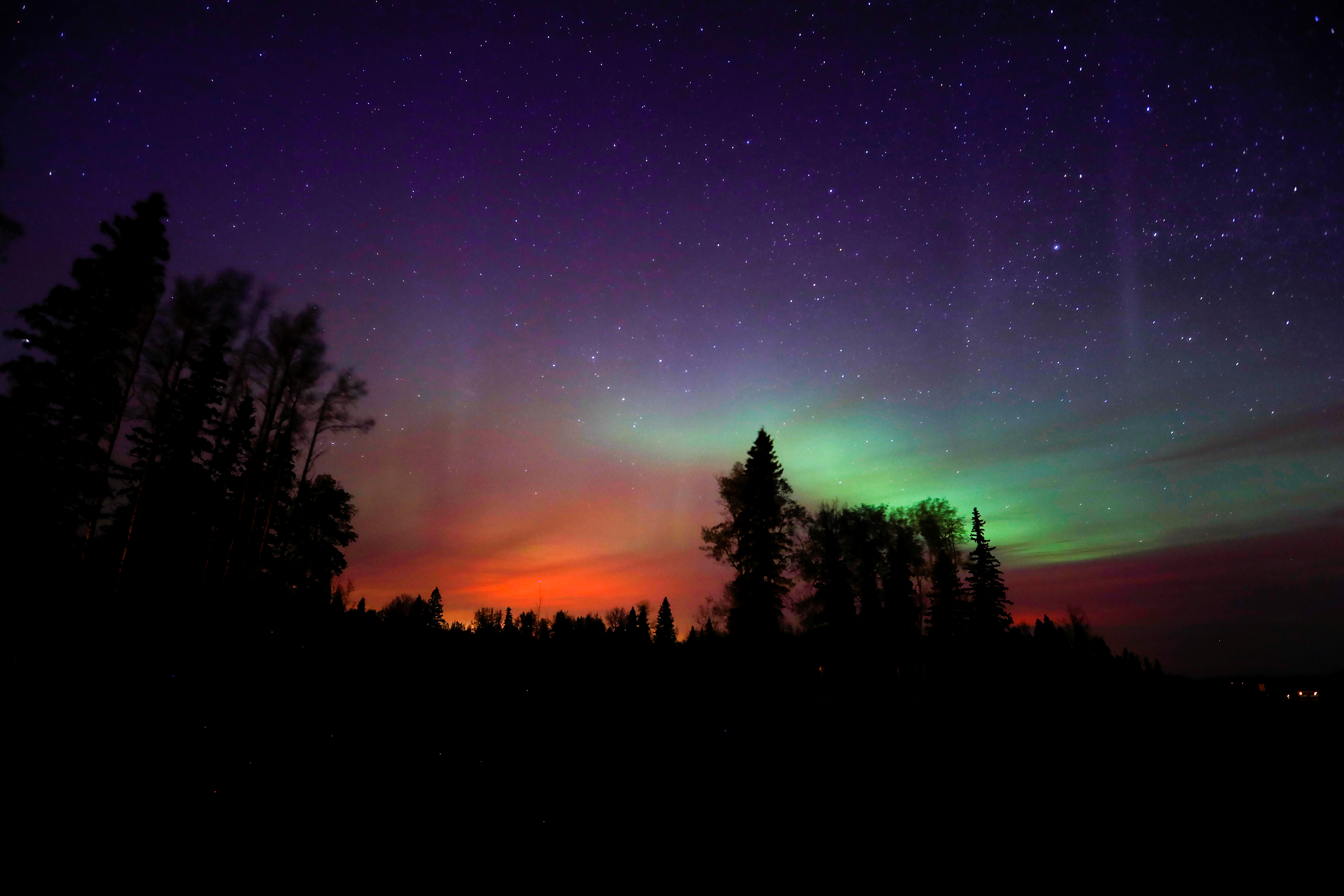As the Arctic warms, boreal forest fires are becoming a deadlier threat
“This phenomenon of intensive wildfire is boreal-wide.”

As winter begins to loosen its grip on the landscape and thoughts turn to the summer that lies ahead, there is more discussion than ever about the growing wildfire risk in the Arctic.
It is impossible to predict exactly what fire season will bring, as so much depends on day-to-day weather and wind.
But the warming climate is like a red flag warning for more smoky summers ahead, according to fire scientists.
“We are in fact seeing an intensification of wildfire, at least in Alaska and in Canada,” said Randi Jandt, a fire ecologist at the Alaska Fire Science Consortium.
“The frequency of large fires has doubled in the last 30 years in Alaska.”
But she said this is not just limited to Alaska and Canada, citing the fires in Sweden and Norway last summer, as evidence of a trend that demands research and public attention throughout the region.
“This phenomenon of intensive wildfire is boreal-wide,” she said.
She said the NASA ABoVE experiments that use satellite observations are helping provide clues as to what is going on in Europe, North American and Russia.
“It’s been able to bring a lot more researchers available to compare notes,” she said.
A 2015 study of central Alaska predicted that over the decades to come, the amount burned each summer could more than double, as a climate more conducive to fires takes hold. That could be accelerated by something happening underground.
“By the end of the century, Alaska could lose as much as 25 percent of its permafrost,” she said. “It has big implications for infrastructure, but it also has big implications for forests and for wildfire.”
In addition to the release of a trapped carbon from melting permafrost, the moss duff that covers forest floors becomes drier and more susceptible to fire.
When summer temperatures spike the forest dries quickly and fires follow. Most burning takes place on the warmest days of summer, she said.
“You only really need a couple of weeks of warm, dry weather to dry out the feather moss fuel beds,” she said.
While there are ecological consequences for wildfires in remote areas, the most complicated and costly fires are those close to communities.
Fires in areas known as the “wildland urban interface” pose enormous hazards for property and human lives.
The May 3, 2016 fire near Fort McMurray, which forced the evacuation of nearly 90,000 people in Alberta, is among the events that have made a lasting impression on northerners. The fire destroyed 2,400 homes and created the largest private insurance losses in Canadian history.
It occurred during when spring temperatures rose to 32.8 degrees Celsius (91 Fahrenheit) and humidity was exceptionally low. About 500,000 hectares (1.5 million acres) was burned.
“As the climate warms it makes extremes like this more possible,” said Jandt.
What happened there could happen in many parts of Alaska and Canada.
In Whitehorse, a new report confirms that the greatest hazard faced by the community is not that created by periods of extreme cold, but from the risks of uncontrolled wildfires.
Black spruce forests that burn every 50 to 150 years as part of the natural cycle are always a threat to explode.
“Whitehorse is sitting at the edge of a blowtorch,” a representative of a fire safety group told the Whitehorse City Council last fall.
The same could be said for countless other northern communities where the population has expanded beyond concentrated areas into nearby forests.
In Whitehorse this spring, the community plans to test its evacuation plan that would be put into effect in case of a severe fire.
In every northern community in the boreal forest, fire safety experts advise homeowners and local governments to take steps to better protect homes and businesses from fires by clearing firebreaks and removing debris.
Fire is a natural part of the cycle in ecosystems with cold conditions, but humans don’t think of it that way when the flames are ripping through the back yard.
Dermot Cole can be reached at [email protected].